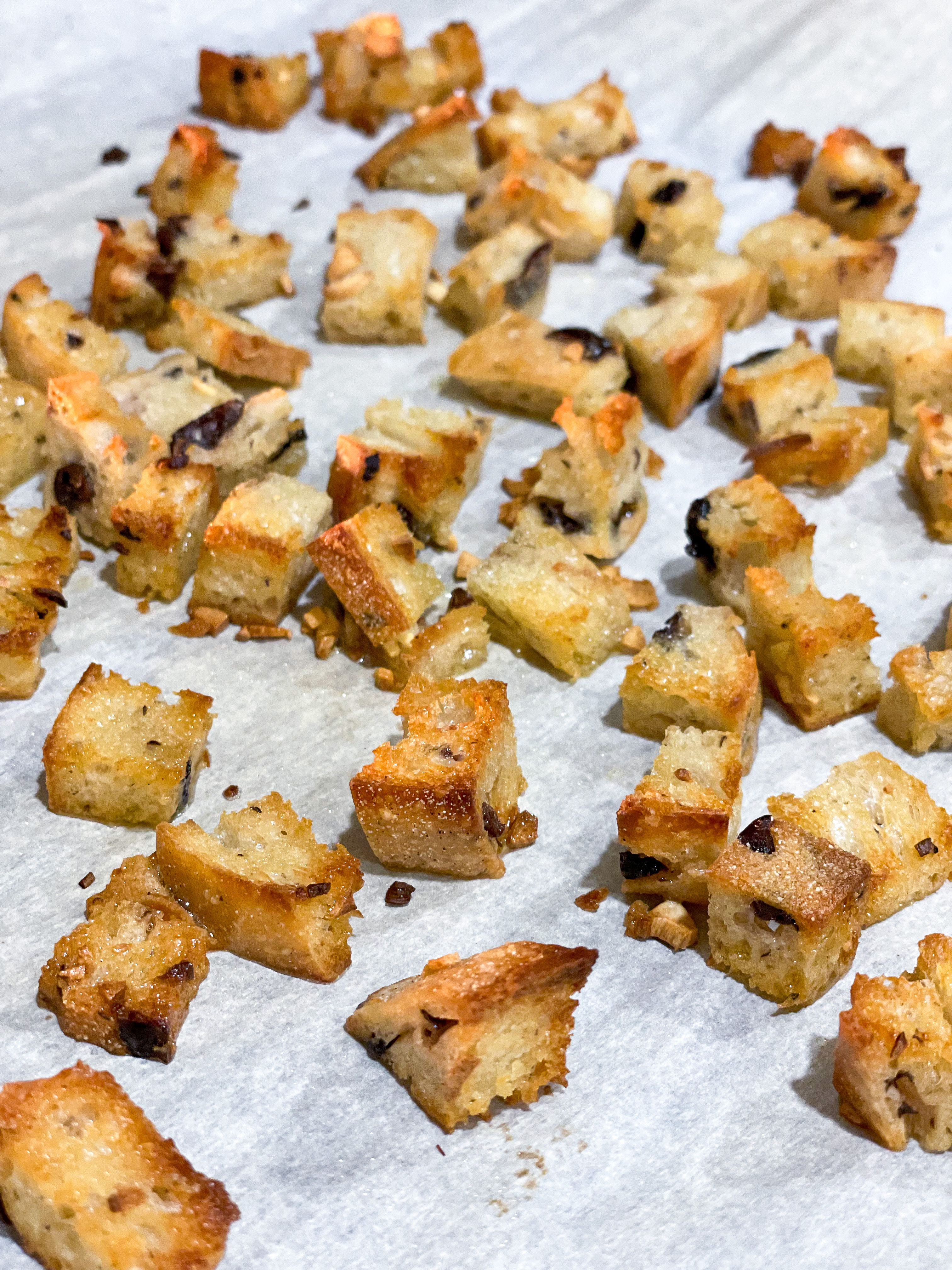The Ultimate Guide to Olive Oil in Salads



Olive oil has been used for over 4,000 years. A natural oil made from olives, and now widely used around the world for cooking, dipping bread and finishing salads, this remarkable oil has plenty of health benefits. Rich in antioxidants, a Mediterranean diet incorporating fresh vegetables, oily fish and oil olive in salads is said to be ideal for the body. Dating back to 3,000 B.C.E, many historians believe that we should thank Ancient Greece for this kitchen staple, as the olive tree is thought to be originally from Greece and not from Italy, as many would assume. In fact, today, Greek olive oil is considered the best olive oil in the world.
Having been raised in Bulgaria, Greece was right next door so we were lucky to have access to some truly amazing Olive Oil from Greece.
Different Types of Olive Oil
When it comes to olive oil in salads, it’s important to be aware of the different types of oils available. Some oils are best drizzled over tomatoes and enjoyed cold, whereas others should be kept for cooking or even to use as an organic haircare treatment.
1. Extra Virgin Olive Oil – Cold Pressed
As the most expensive form of olive oil, extra virgin is unrefined and rich in antioxidants. This variation is best for salad dressings and to mix with yoghurt or hummus for a delicious dip. Due to its low smoking point, never cook or fry food using extra virgin olive oil, as the olive oil will likely burn quickly and you also won’t get to enjoy its wonderful aromas and intense flavors.
2. Virgin Olive Oil
A step down from extra virgin olive oil, this oil has not been made from cold-pressed olives alone and typically includes a blend of both cold-pressed and processed oils. This version of olive oil will usually be slightly lighter in color and have a more subtle flavor. Since this version is more affordable than extra virgin olive oil, you can use it without feeling too guilty. Dip crusty bread in balsamic vinegar and virgin olive oil and use to finish off your favorite salad.

3. Refined Olive Oil
Far more affordable than both virgin and extra virgin olive oil, you should use this type of oil for cooking alone and not to add flavor to a dish or to create a salad dressing.
4. Pure Olive Oil
This is a blend of extra virgin and refined olive oil to give you a highly versatile product. Use in cooking, and on your hair and skin to add hydration. Pure olive oil will often have a pretty potent smell, so avoid when garnishing and seasoning food or creating a salad dressing.
For a solid olive oil that you can use daily while getting creative in the kitchen, choose virgin olive oil. This is a good entry-level oil that will help you to add taste to your food without significantly increasing your weekly food bills. When choosing an olive oil at the supermarket, pay close attention to the product packaging. Ideally, choose a clear glass-bottled olive oil that allows you to clearly see the color of the oil. If that’s not possible, or it’s a bit out of your price range, that’s OK, buy the product you want and then when you get home, pour the olive oil into a reusable glass bottle. Plastic bottles can leak toxins into the oil which have been linked to many health conditions, so it’s best to use glass as much as possible in the kitchen and around the home.
Which Olive Oil should you use for which dish?
It’s a common misconception that Olive Oil should not be used for cooking – if you choose the right Olive Oil that has a high smoke point you can enhance your dish with its wonderful flavors!
1. Cooking
When you sauté, you may want to go for a mild oil in order to allow your ingredients to shine! The same goes for poaching. If you are searing meat or seafood, make sure you choose an Olive Oil with a high smoke point in order to avoid it burning and altering the flavor.
2. Finishing
Outside of cooking, you should go for Extra Virgin Olive Oil when it comes to drizzling over finished foods or incorporating into salads and salad dressings. If you are making a vinaigrette, choose your flavor based on the type of vinaigrette you are creating. Go for a milder flavor with citrus, and a bolder, more robust Extra Virgin Olive Oil for vinaigrettes that contain shallots or garlic.







